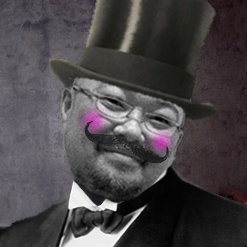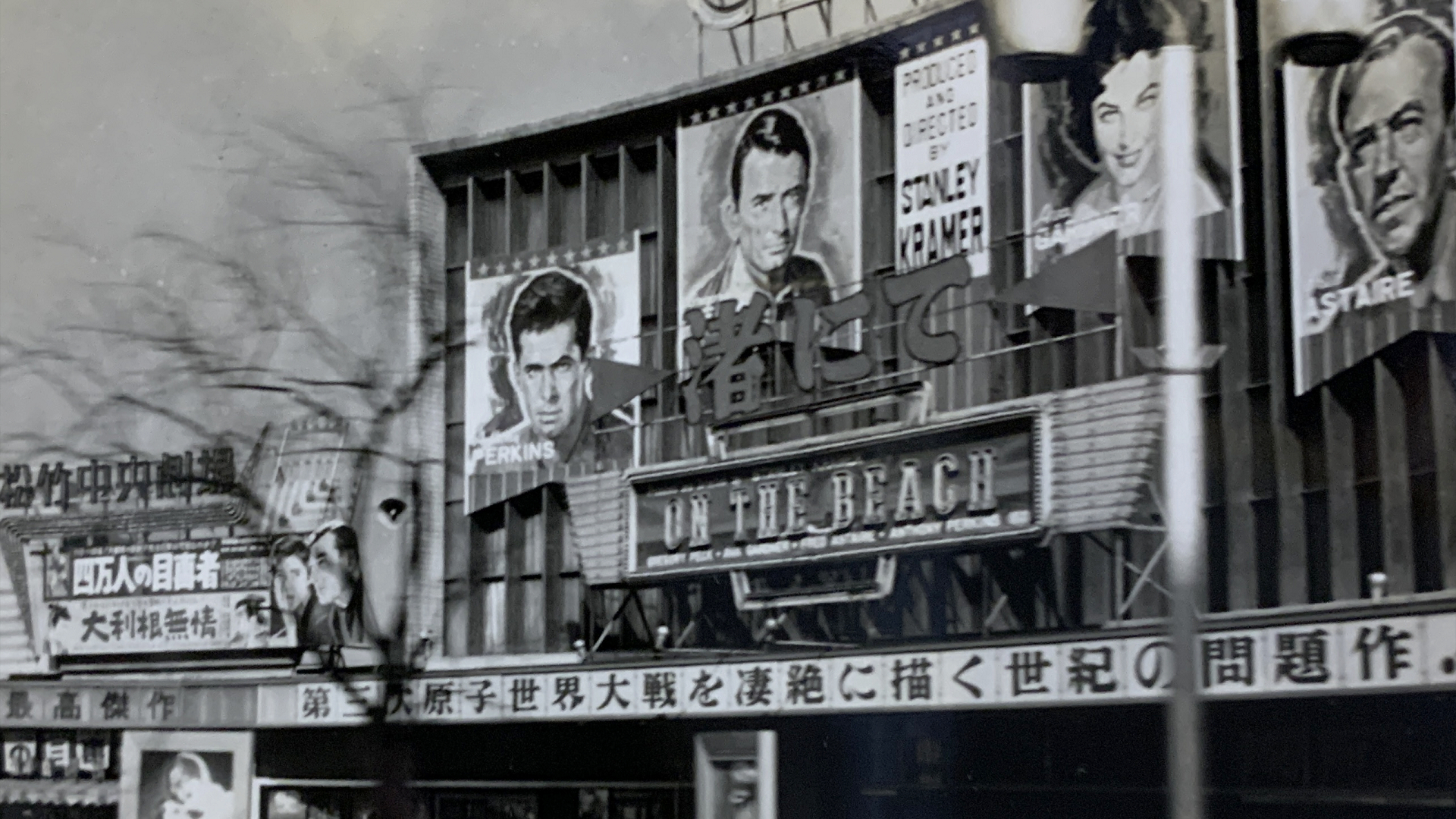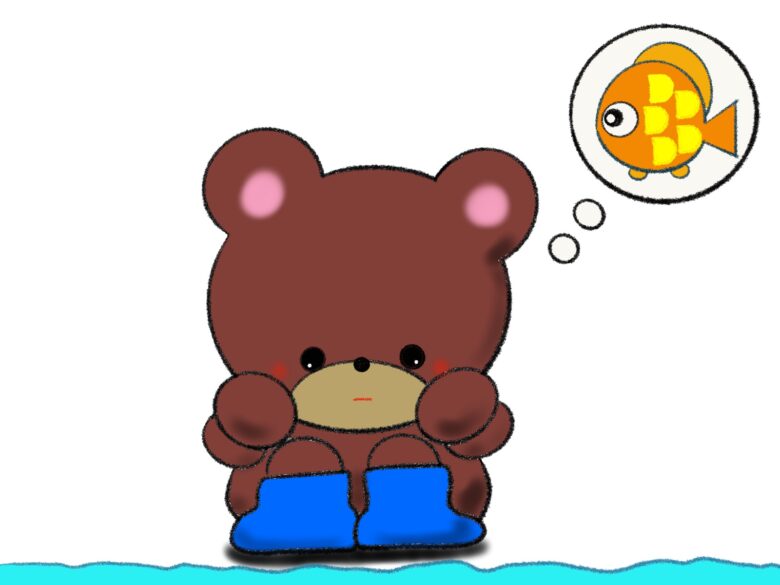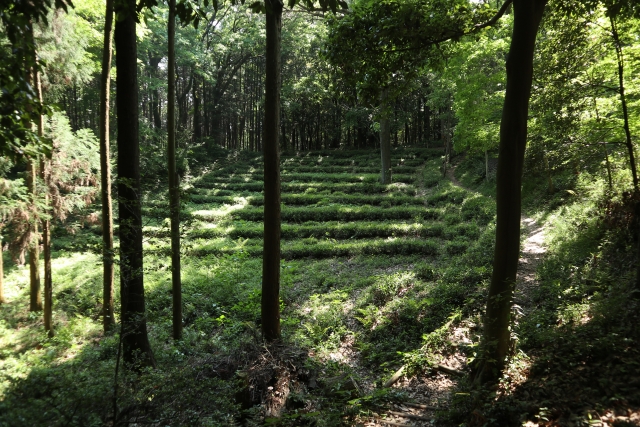Amefuri kumanoko
Oyamani ame ga furimashita
Atokara atokara futtekite
Chorochoro ogawa ga dekimashitaItazura kuma no ko kakete kite
Sotto nozoite mitemashita
Sakana wa iru ka to mitemashitaNanimo inai to kuma no ko wa
Omizu o hitokuchi nomimashita
Otede de sukutte nomimashitaSoredemo dokoka ni iru you de
Mouichido nozoite mitemashita
Sakana o machimachi mitemashitaNakanaka yamanai ame deshita
Kasa demo kabutte imashou to
Atama ni happa o nosemashitaLyricist:TSURUMI Masao
Composer:YUYAMA Akira
in 1962
Little Bear Cub in the rain
In the mountains, rain fell
One after another, it kept pouring
Little streams were formed by the river
A mischievous bear cub came running
Silently peeking and observing
Wondering if there were any fish
The bear cub, feeling nothing around
Took a sip of water
Scooping it up with its little hands
Nevertheless, it felt like something was there
Looking again, it kept searching
Examining various fish
The rain just wouldn’t stop
So let’s wear a hat or something
Placing leaves on its head

Amefuri kumanoko — Why This Simple Melody Still Captures Hearts

Shochiku Central Theater 1960.By Project Kei – Own work, CC BY-SA 4.0, Link
This beloved song first captured hearts when it was introduced on NHK’s “Uta no Ehon” in 1962, the predecessor to the popular children’s program “Okaasan to Issho.( With Mom. )” The song tells the story of a playful young bear, radiating an irresistible cuteness that has enchanted generations. Despite being over 60 years old, it remarkably feels as fresh today as it did decades ago. The secret lies in its deceptively simple yet captivating melody—one that can be played with just a single finger on a piano or organ. This accessibility has allowed families to enjoy the song together, ensuring its timeless appeal across generations.
What Makes This Song So Touching?
The lyrics create a consistent, tender world that perfectly matches the image of an adorable young bear. Like a child completely absorbed in watching rain fall, oblivious to everything else around them, the song embodies pure innocence and wonder. It glows like a small, warm light in one’s heart, filled with gentle kindness. Many Japanese listeners describe experiencing an unexpectedly emotional response: “It’s not a sad song, but for some reason, it brings tears to my eyes.” This mysterious quality speaks to the song’s ability to touch something deep within us.

How a Father’s Memory Became a Beloved Song
The lyricist, TSURUMI Masao, reportedly drew inspiration from a deeply personal memory. He recalled watching his young child from a second-floor window, mesmerized by water flowing through their family garden during a rainstorm. This nostalgic scene offers a glimpse into Japan’s post-war landscape, during a time of rapid economic growth and anticipation for the 1964 Tokyo Olympics—Asia’s first Olympic Games. The intimate domestic moment captured in the lyrics reflects a Japan in transition, balancing traditional family life with modernization.

Can We Still Find That Magic Today?
Though information about TSURUMI himself remains limited—we know only that he was born in Niigata Prefecture and graduated from Waseda University—we can imagine that his “family garden” was likely somewhere in Tokyo. In those days, even areas just outside the city center featured unpaved roads and natural puddles, as Tokyo rapidly transformed in preparation for the Olympics. Today, those rural mountains that once lay just beyond the city are carefully preserved and cherished by many. Perhaps it’s time to visit the enchanting “Totoro Fund,” where magical adventures still await those who seek them.




コメント